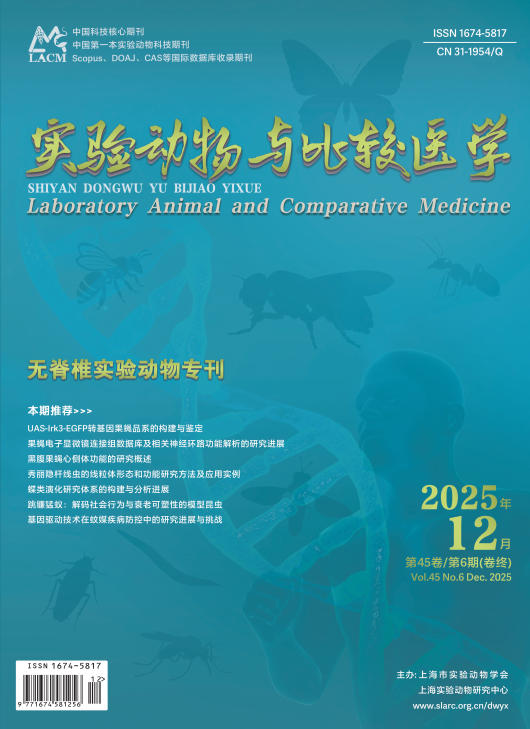Objective To investigate the dynamic changes of autophagy in infarcted cortex at different stages after ischemic stroke, and the relationship between phospholipase D1 (PLD1) activity, autophagy, and the neurological function in mice. Methods Firstly, twenty-one male C57BL/6 mice at age of 8 weeks were used to establish ischemic stroke models, and they were randomly divided into sham surgery and ischemic stroke groups. The groups were furtherly divided into 4-, 6-, 8-, 12-, 24-, and 72-hour groups according to the onset of ischemic strok with three mice in each group. Dynamic expression and change of autophagy-related protein LC3 in the infarcted cortex were observed using Western blotting method and immunofluorescence staining. Secondly, thirty-six male C57BL/6 mice at age of 8 weeks were randomly divided into the sham surgery group, the PBS treatment group, and different concentrations of phospholipase D activity inhibitor 5-fluoro-2-indolyl des-chlorohalopemide (FIPI) treatment groups containing 0.3, 0.9, 1.8, and 3.6 mg/kg, respectively. Each group comprised six mice. The optimal FIPI concentration and its effects on neurological function and infarcted volume were assessed by adhesive removal and whisker tests and TTC staining. Furthermore, nine male C57BL/6 mice at age of 8 weeks were divided into sham surgery group, intraperitoneal administration of PBS group, and 0.9 mg/kg FIPI group. Each group comprised three mice. The effects of FIPI on changes in autophagy-related protein LC3 were examined by Western blotting. Finally, thirty-six adult male C57BL/6 mice at age of 8 weeks were divided into sham surgery group, intraperitoneal administration of PBS group, and 0.9 mg/kg FIPI treatment groups at four time points (0, 4, 8, and 12 hours) after ischemic stroke. Furthermore, the neurological functions and infarcted volume were assessed by the adhesive removal and whisker tests as well as TTC staining with six mice in each group. Results The ratio of LC3-Ⅱ/β-actin in the infarcted cortex increased, peaked at 24 hours (P<0.05), and then gradually declined after ischemic stroke. Compared with the PBS group, the administration of 0.9 mg/kg FIPI significantly decreased the ratio of LC3-Ⅱ/β-actin (P<0.05), reduced the infarcted area (P<0.05), and ameliorated neurological functions (P<0.05) more than those observed in the other concentration groups. Compared with the PBS group, in addition to 0.9 mg/kg FIPI without delay, the administration of 0.9 mg/kg FIPI at 4-, 8-, and 12-hour after ischemic stroke could also decrease the infracted volume (P<0.05) and improve the neurological function (P<0.05). Conclusion The change of autophagy was the most obvious at 24-hour after ischemic stroke and inhibition of PLD1 could improve the recovery of neurological function after ischemic stroke. Meanwhile, in addition to administration of 0.9 mg/kg FIPI without delay, 4-, 8-, and 12-hour after ischemic stroke could also shrink the infracted volume and improve the neurological function. The inhibition of the PLD1 could extend the therapeutic window and provide a novel therapeutic strategy for the clinical treatment of cerebral stroke.

